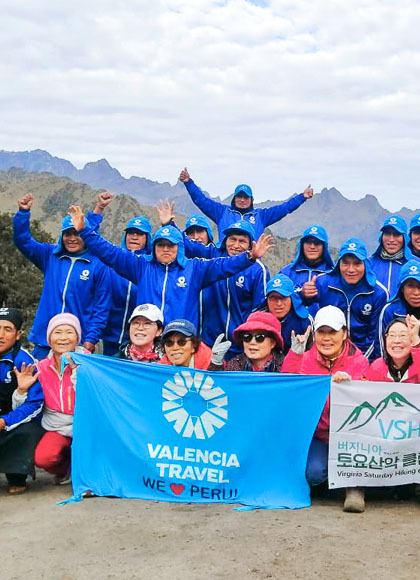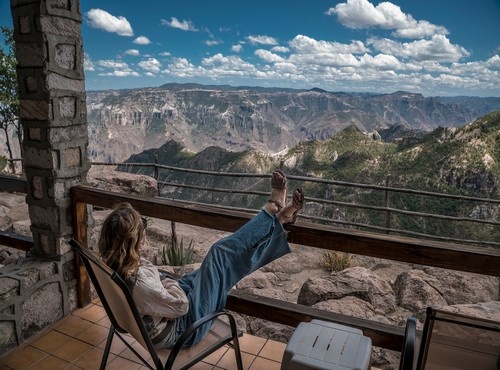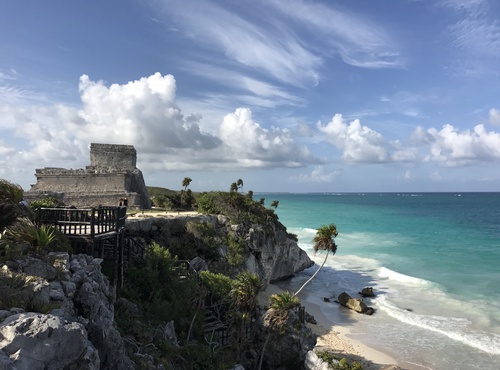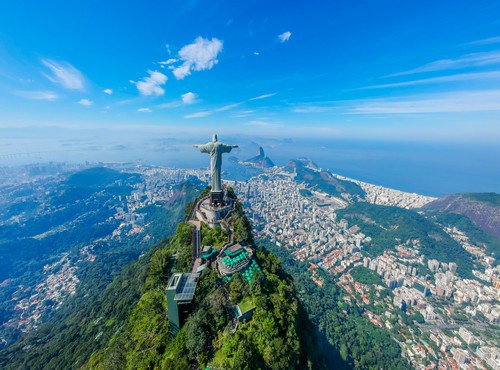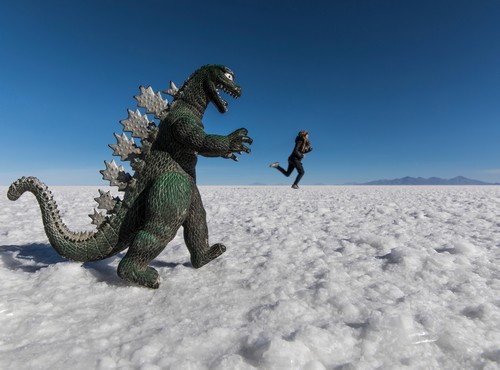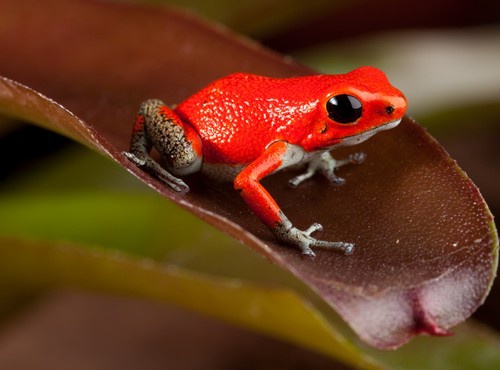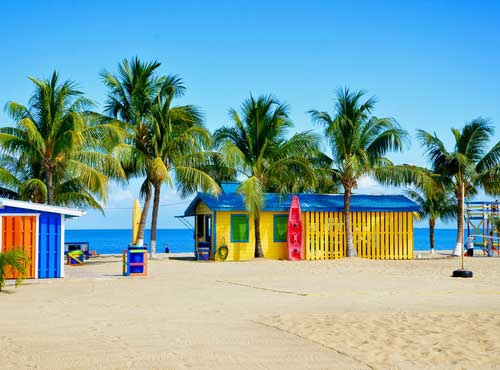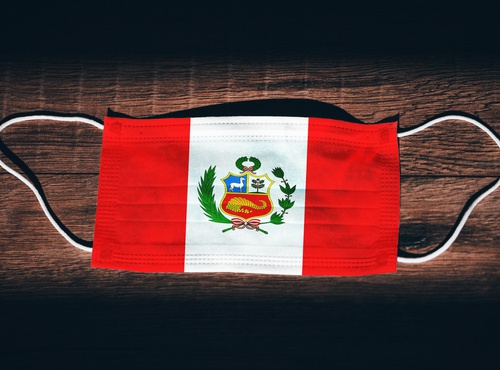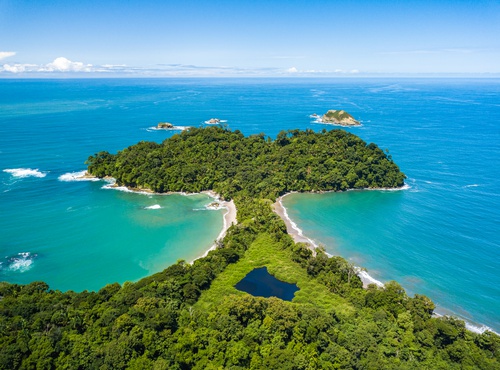
Written by:undefined undefined
Published: 29-01-2022
Certain parts of Colombia are still unfortunately on the more dangerous end of the safety scale. Various international embassies warn against travelling to Arauca, Cauca (except Popayan), Chocó (except Nuquí), Nariño, and Norte de Santander (except Cucuta) due to high levels of crime and terrorism acts. The government signed a peace treaty with the “FARC” Revolutionary Armed Forces of Colombia, who control the illegal coca growing regions, but not all groups have been compliant. Apart from these high-risk areas, where coca plantations are still in full effect, Colombia is generally a safe country to travel, and you will be pleasantly surprised at the friendliness of its inhabitants. In 2019, the country saw a record number of tourists, with over 4.5 million visitors, compared with 0.6 million in 2007. Before the pandemic, it expected another 6 million to visit in 2020. Anyone who sticks to the “beaten track” areas such as the Coffee Region, the Caribbean coast, colonial towns, etc. can enjoy a carefree, safe and enjoyable vacation with no issues.

Typical stree in Guatape
Is Colombia Safe for Solo Travellers?
Colombia is generally safe for solo travellers. As the crime statistics come under control, the number of independent travellers, travelling the country alone, increases. Salento, Medellin, and San Gil are some of the most popular destinations in Colombia for solo travellers to meet up on the Colombian “gringo trail”. As in any destination, your chances of any encountering any issues while travelling, are limited tenfold, if you do travel in a group of people. The tourism infrastructure is most certainly improving and big travel companies are increasing the amount of groups they take there. If you keep to the well beaten path destinations and pack your fair amount of “Travel savvy”, you will have a safe and fantastic time in this wonderful country.

Celebrations in Colombia
Is Colombia Safe for Female Travellers?
Women are occasionally the targets of threats and even physical attacks in Colombia as the country is not as progressive with regards to women's rights s some western countries. Domestic violence is of course illegal; however, it is still a common problem. Female travellers should be fully vigilant when traveling alone and is best avoided at night time. The usual safety measures apply, avoid taking a taxi alone at night, don´t show valuables or wear expensive jewellery, that could call attention to robbers, carry small amounts of money on your person and keep your valuables in a hotel safe. Colombia is generally liberal towards how women dress, however as is in most South American countries, the less you wear, the more attention you will attract and it is not always pleasant! Wolf whistling is more common on the coastal regions.
Safety Tips for LGBTQ Travellers

Providencia
Colombia has some of the most progressive LGBTQ rights in all of Latin America. Homosexuality has been legal since 1981 and discrimination based on sexual orientation has been illegal since 2011. However, there have been reported murders in the LGBTQ community and hundreds report cases of violence. Bear in mind that Colombia is a traditional, Catholic country like many other Latin American destinations and same-sex relationships are often frowned upon for religious reasons. For a more gay-friendly atmosphere, stick to places like Medellin, Bogotá, and Cartagena, who have a more open-minded, liberal attitudes as well as their own thriving LGBTQ scenes.

Traditional Colombian dress
Safety Tips for BIPOC Travellers
The relation distribution in Colombia is approximately 34% white, 50 % mestizo -European and Indigenous American, about 9 % Black, and 4 % Ameri-Indian. Afro-Colombians face high rates of discrimination, but the people who live and work in touristic areas are generally more accepting. Visitors may want to avoid south Colombia during the “Blacks and Whites” Carnival, which happens on the 5th and 6th of January, when the locals paint their faces black or cover themselves in white talcum powder to celebrate unity, in a way that could be perceived as insensitive, but is a locally acceptable, traditional festival.

Native Palenqueras
General safety Tips for Travellers
As with general travel recommendations, visitors to Colombia should follow the basic safety precautions.
Register with your embassy or consulate before traveling to Colombia. This will help the authorities contact or locate you in the case of an emergency.
Avoid looking too much like a “tourist” on your vacation. Keep valuables like cell phones, cameras, and jewellery out of eye´s view, to detract attention from robbers and pickpockets. Use money belts (especially hidden ones) and keep a vigilant eye on your things at all times.
If you must travel at night, always use a taxi. You can easily locate one by the Tappsi or Cabify apps in most Colombian cities. Try also to avoid being in a taxi on your own if possible.
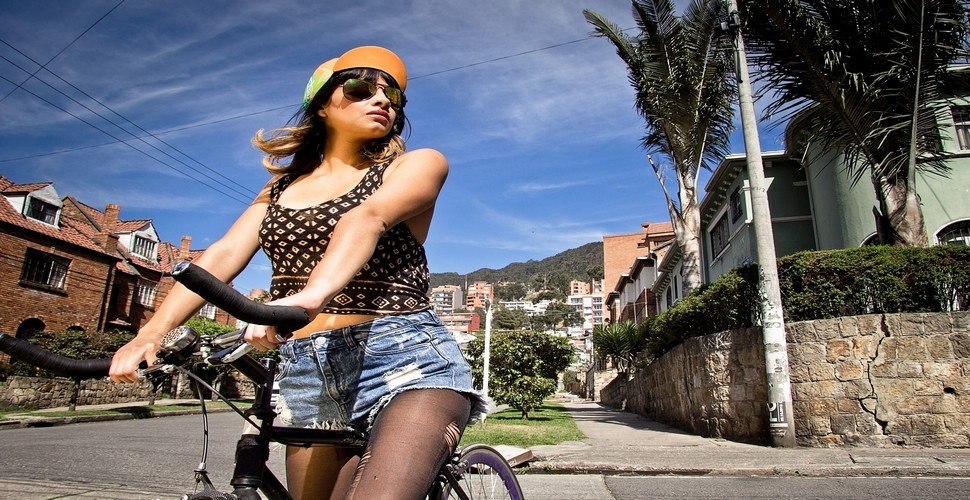
Bogota suburbs
Always have a printed and digital copy of your passport and any other travel documents such as visas, vaccination cards with you.
Don't take your eyes off your drink. Colombia, has “burundanga” spiking that causes submissiveness and obedience and is a popular way to take advantage of others.
Ty to use ATMs when there are a lot of people around and be aware that ATMs are often set up to clone credit cards. Only take out small amounts of money at a time to prevent large sums from getting lost or stolen.
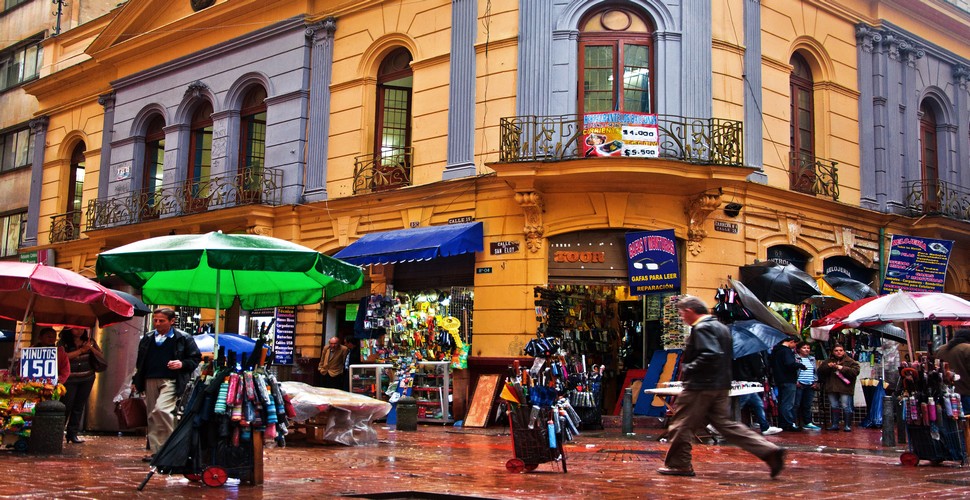
Rainy Bogota
After reading these useful safety hints, remember that the majority of Colombians are friendly, honest, hard-working people so stow away the paranoia and pack some travel savvy with you and your Colombia vacation should be a wonderful lifetime experience … enjoy the country to the full!






